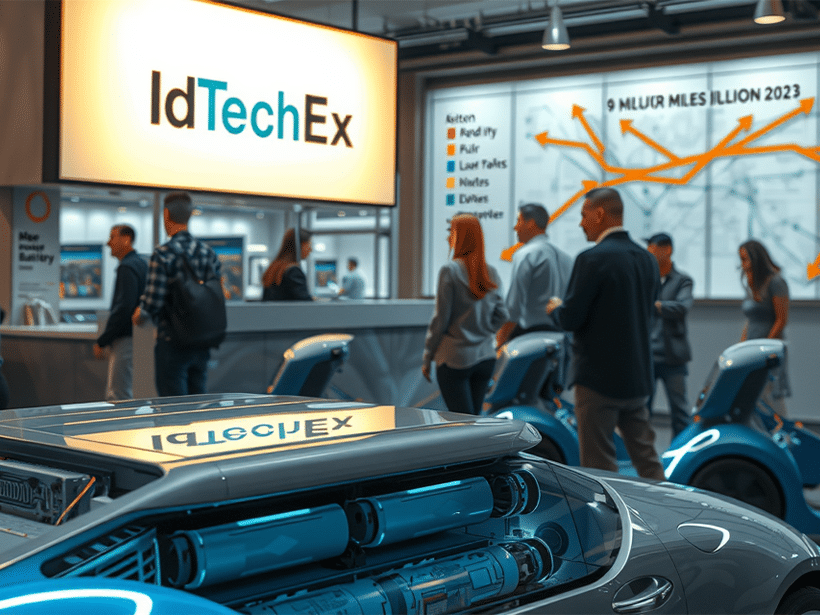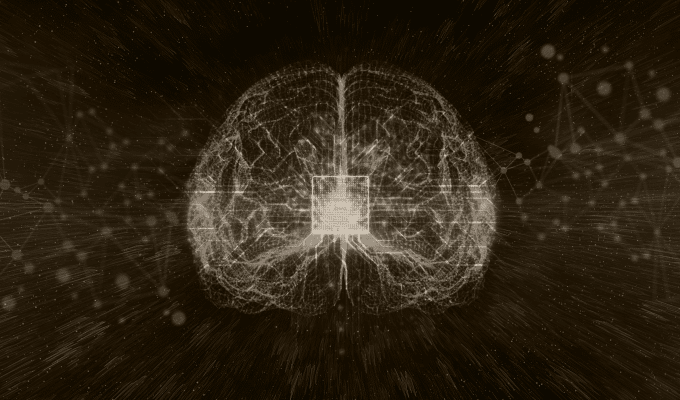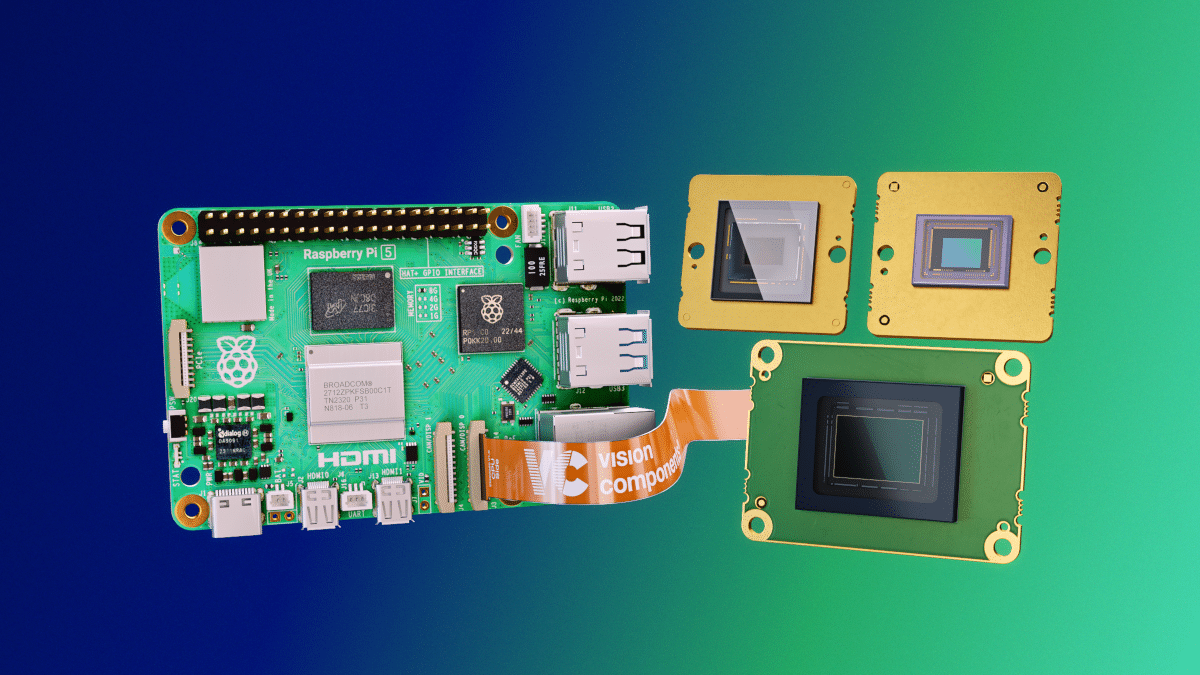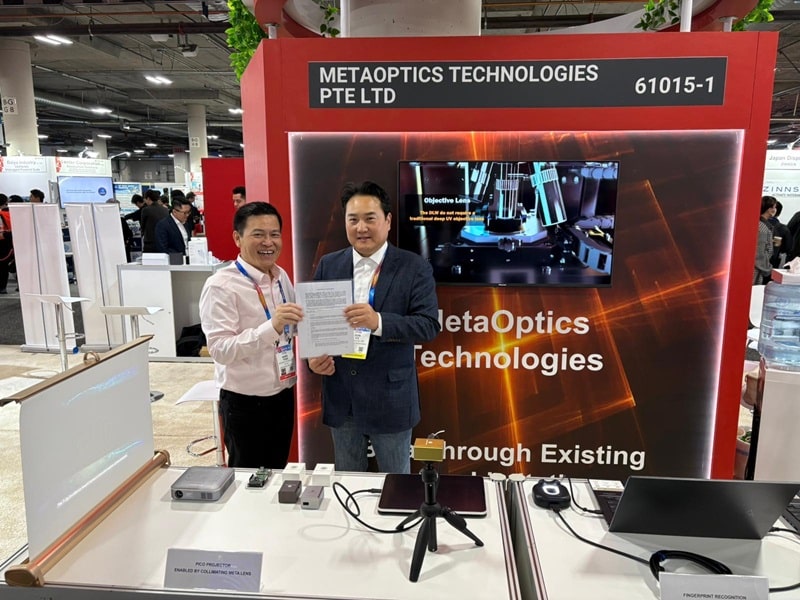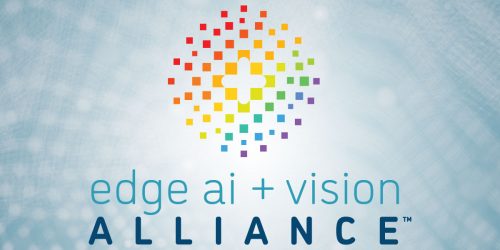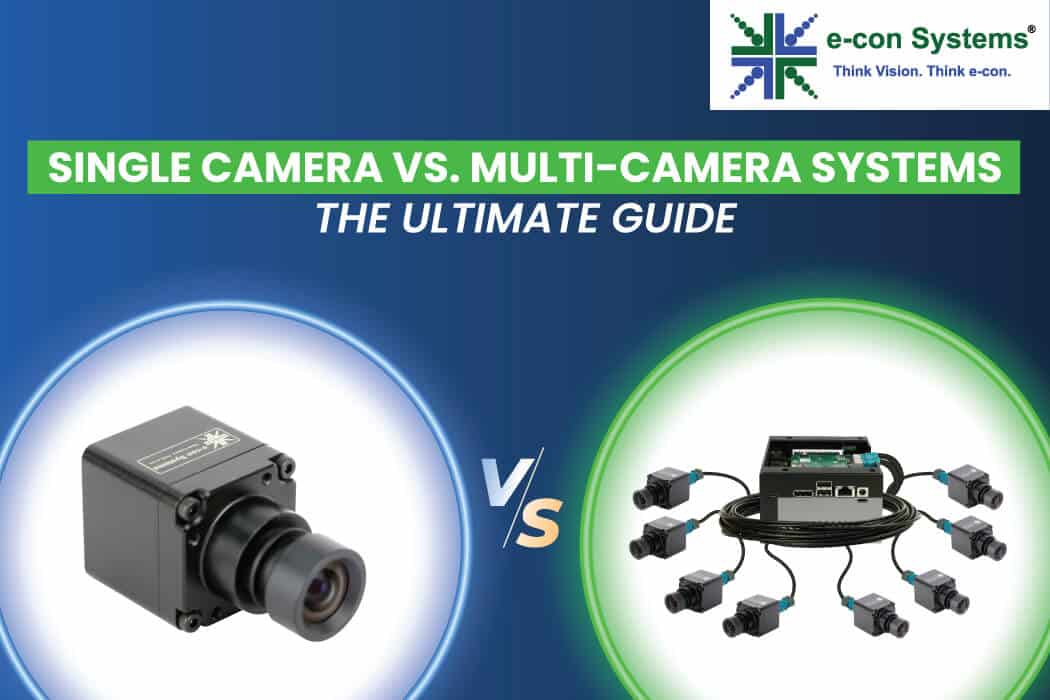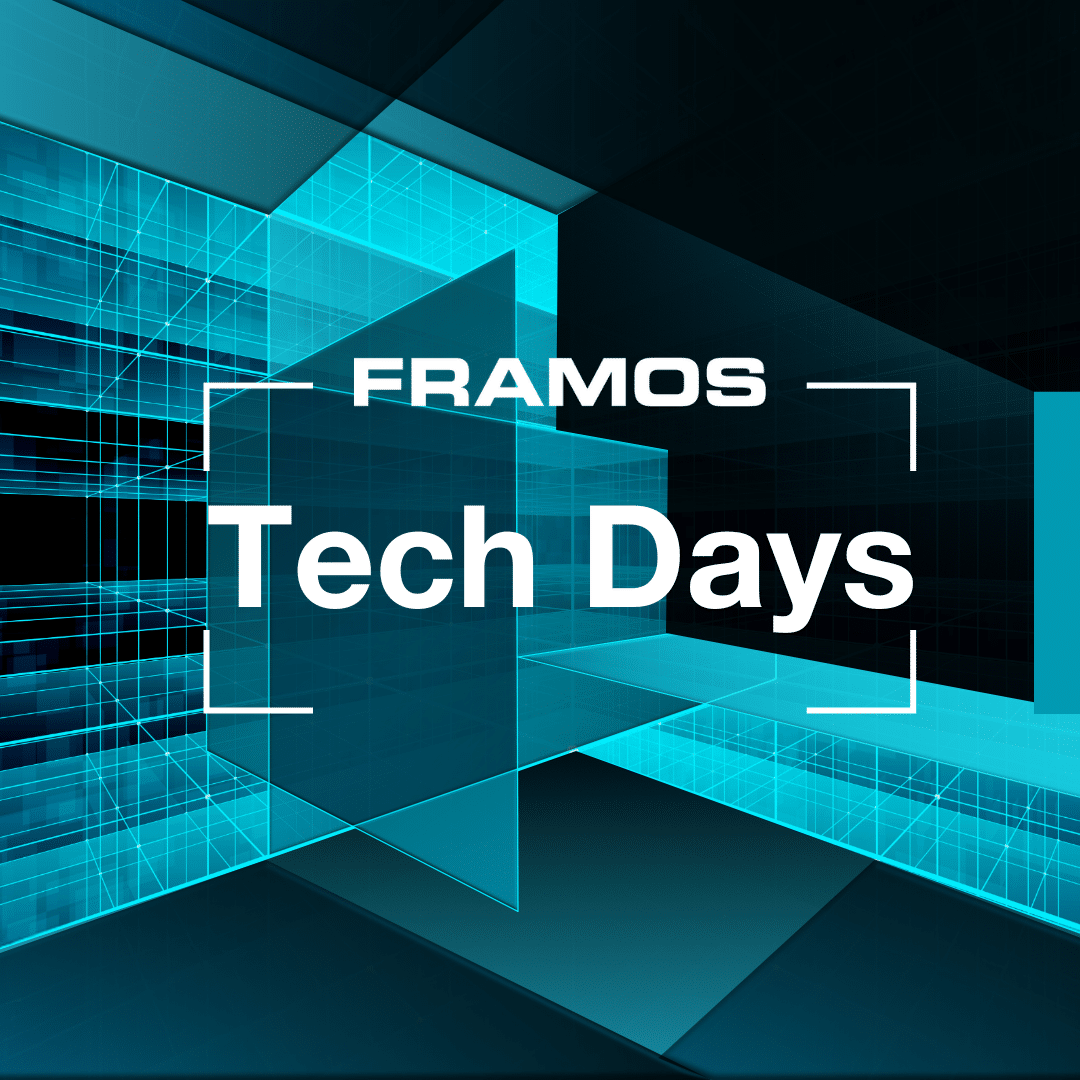Robotaxis on the Rise: Exploring Autonomous Vehicles
Robotaxis are proving they can offer driverless services in certain cities, as a means of accessible and modern public transport. IDTechEx states in its latest report, “Autonomous Vehicles Market 2025-2045: Robotaxis, Autonomous Cars, Sensors“, that testing is taking place worldwide, with the most commercial deployment happening in China currently. The report explores the commercial readiness […]
Robotaxis on the Rise: Exploring Autonomous Vehicles Read More +

